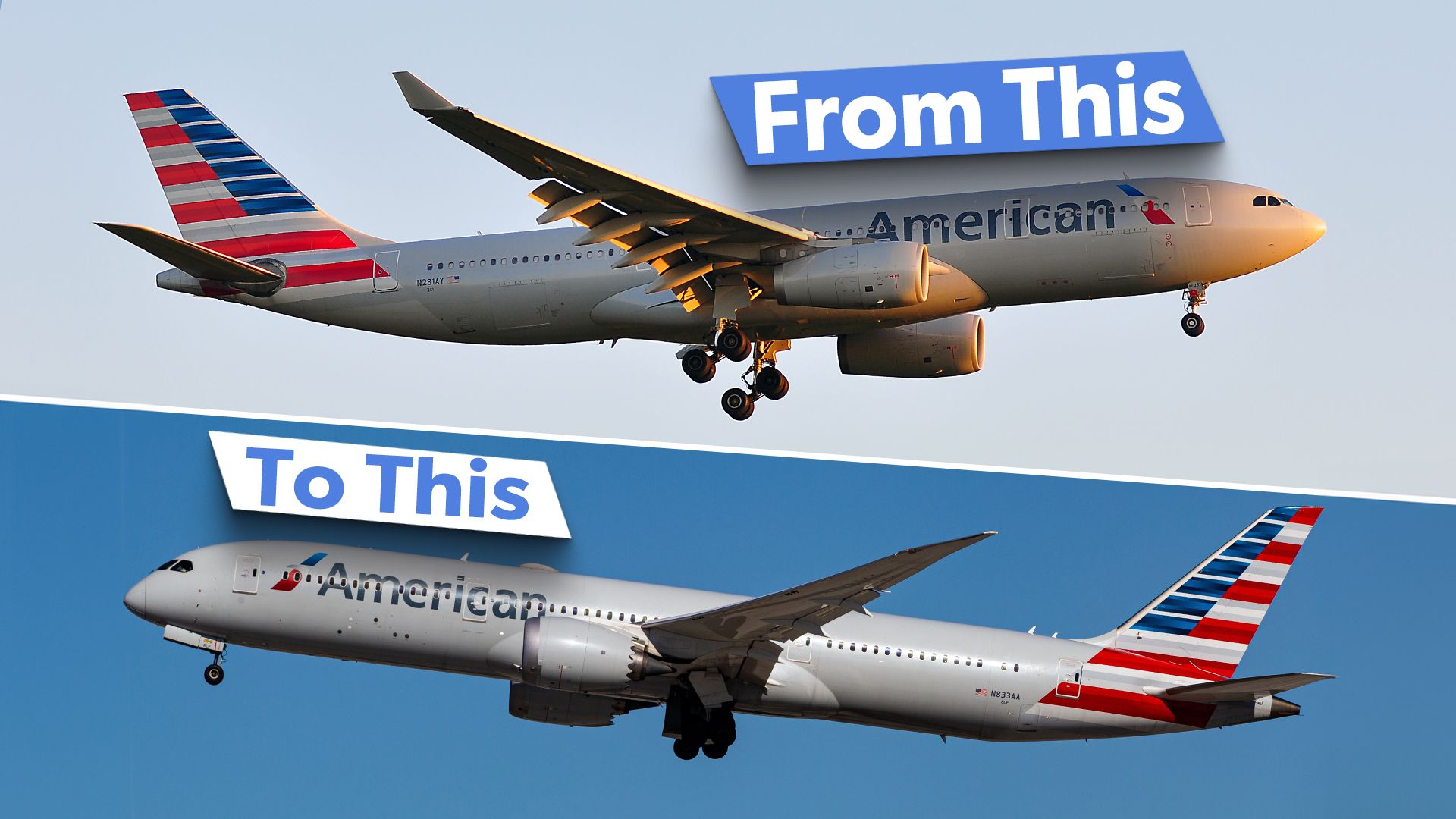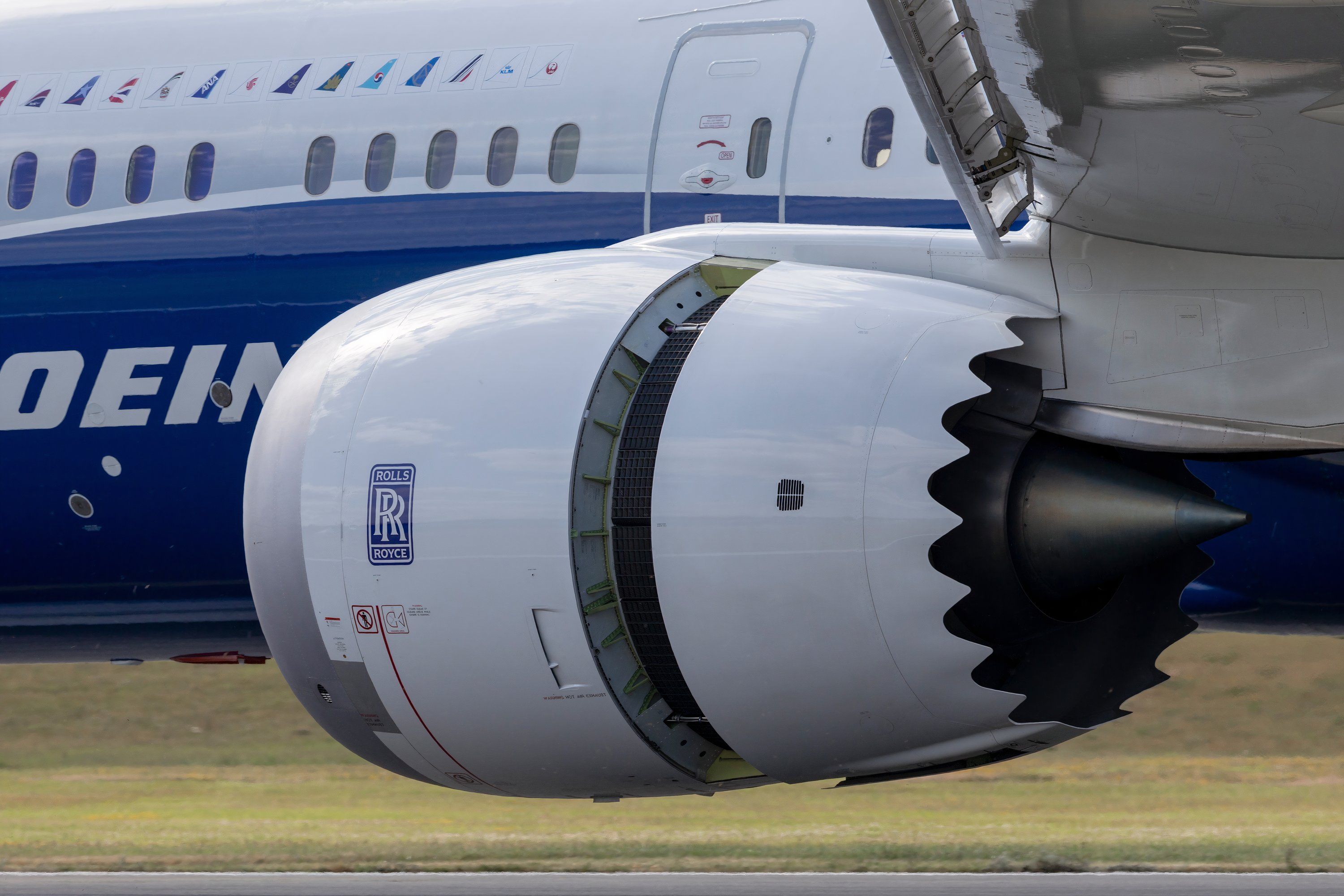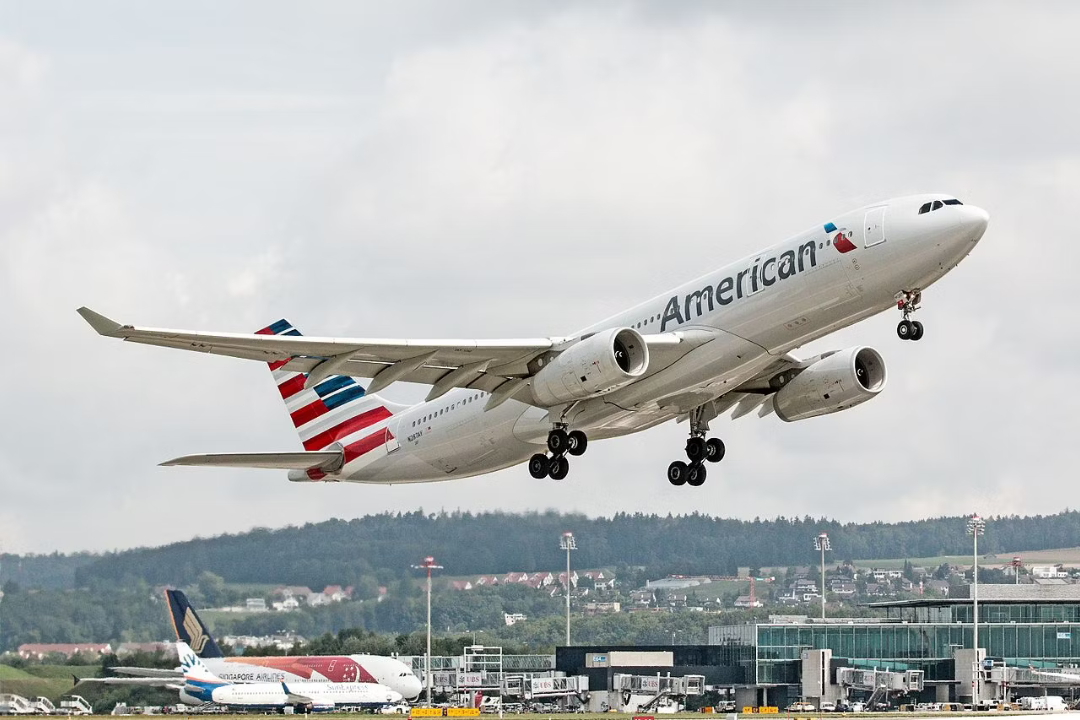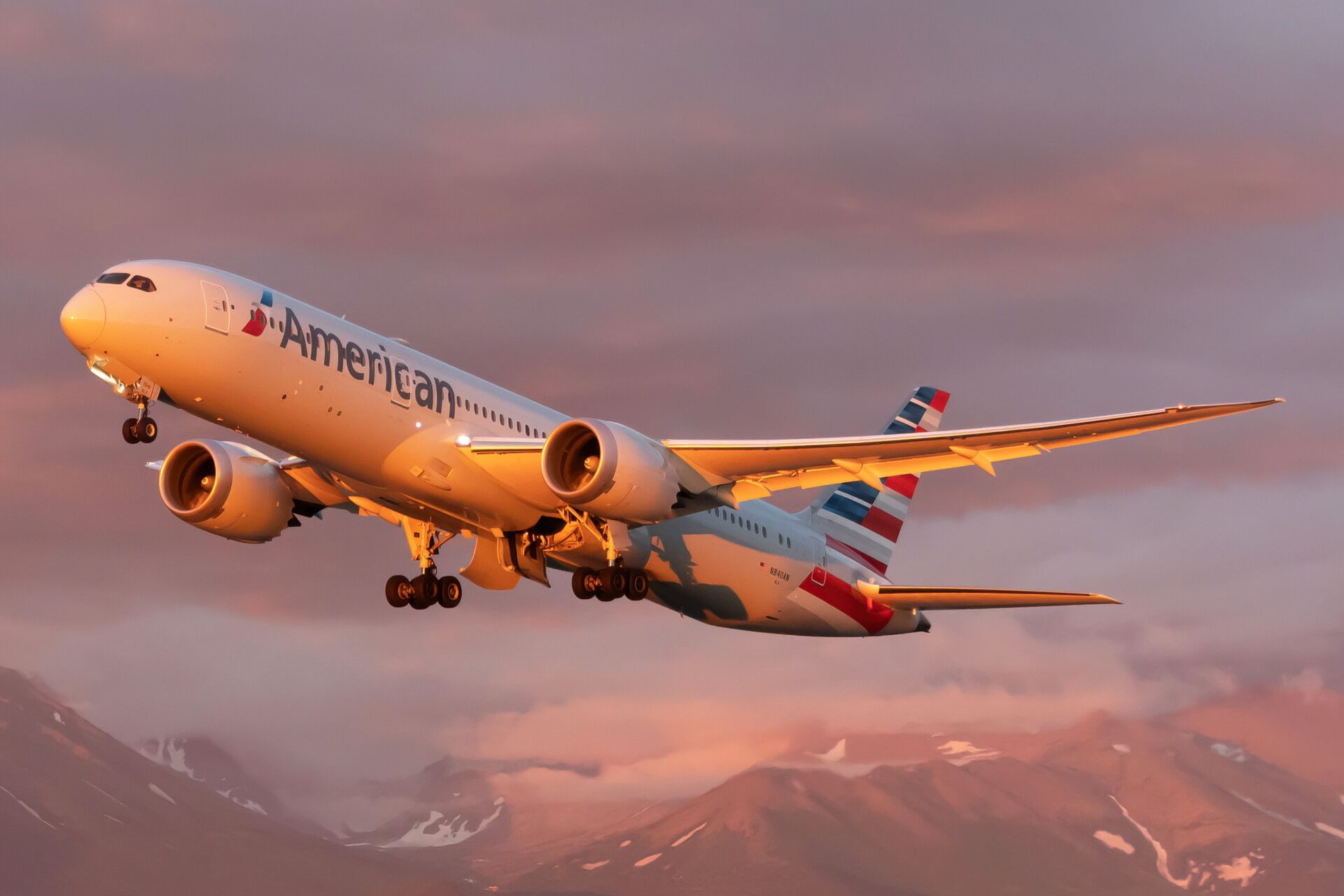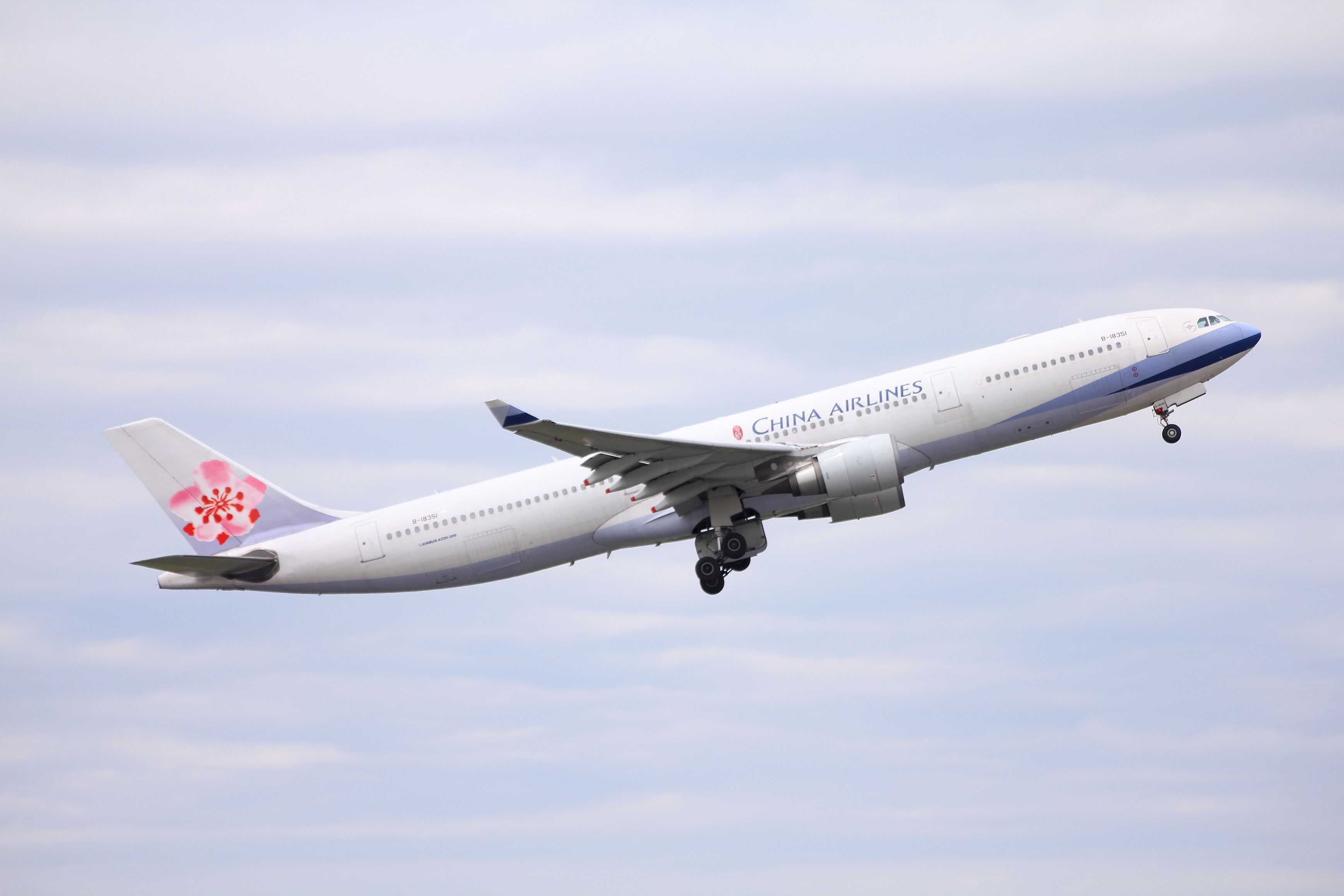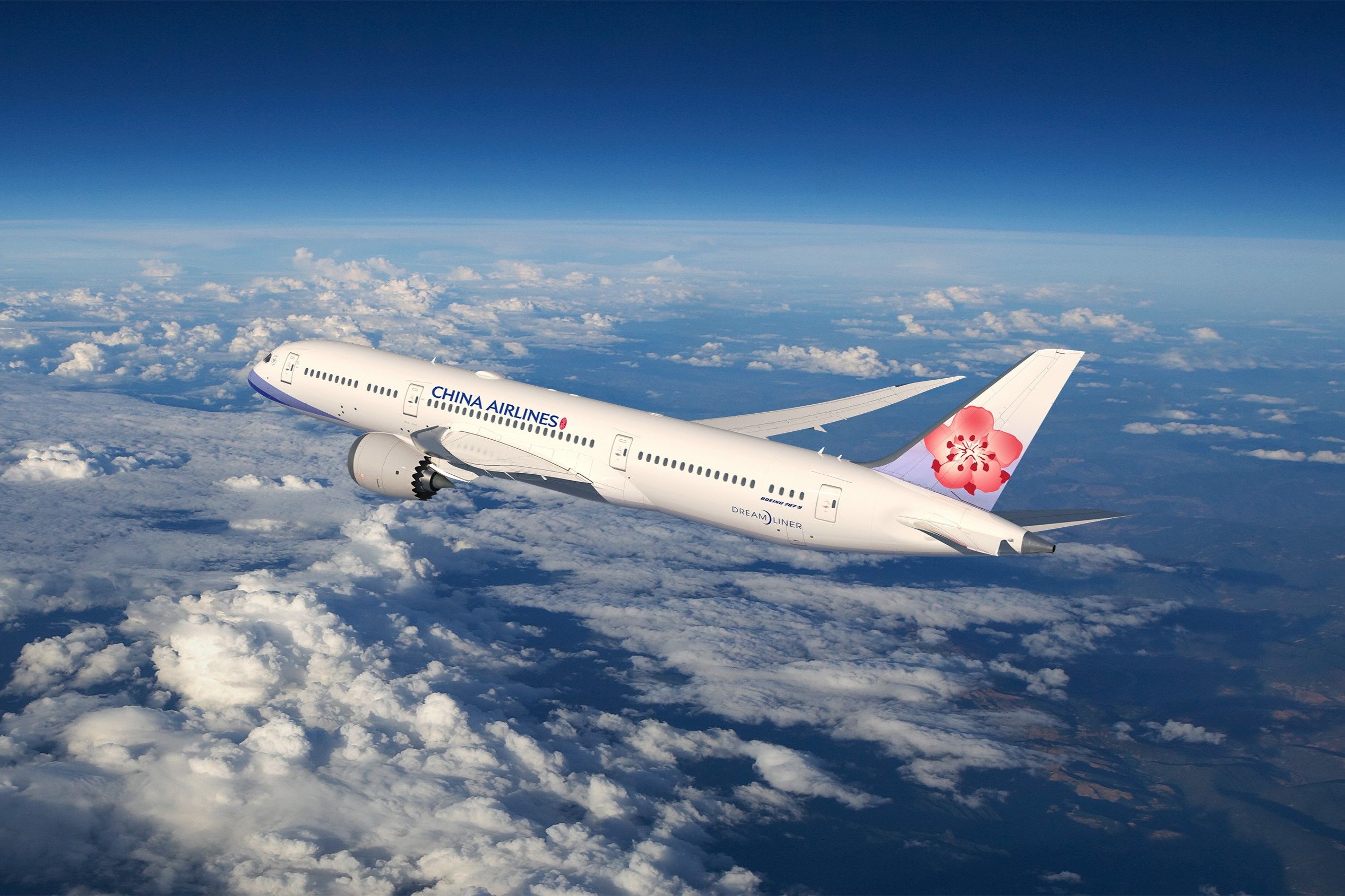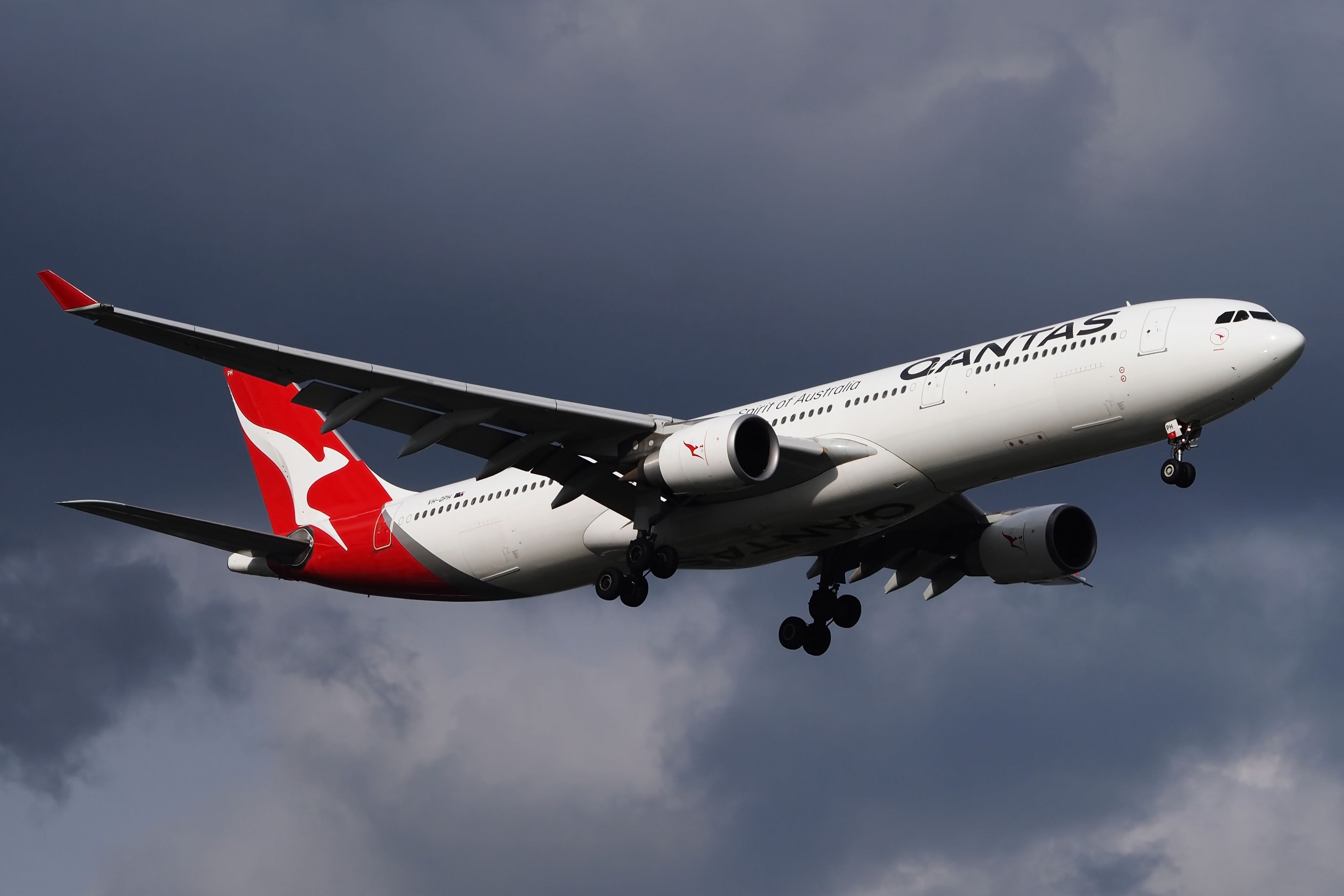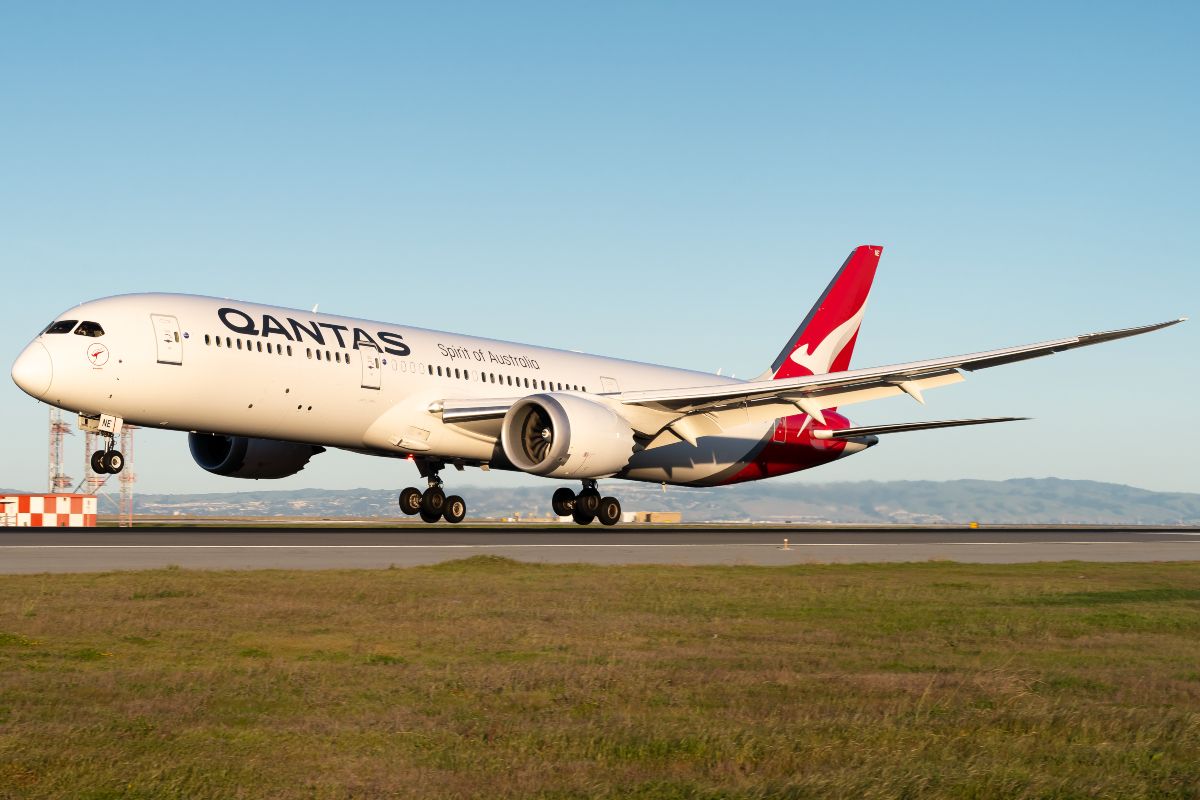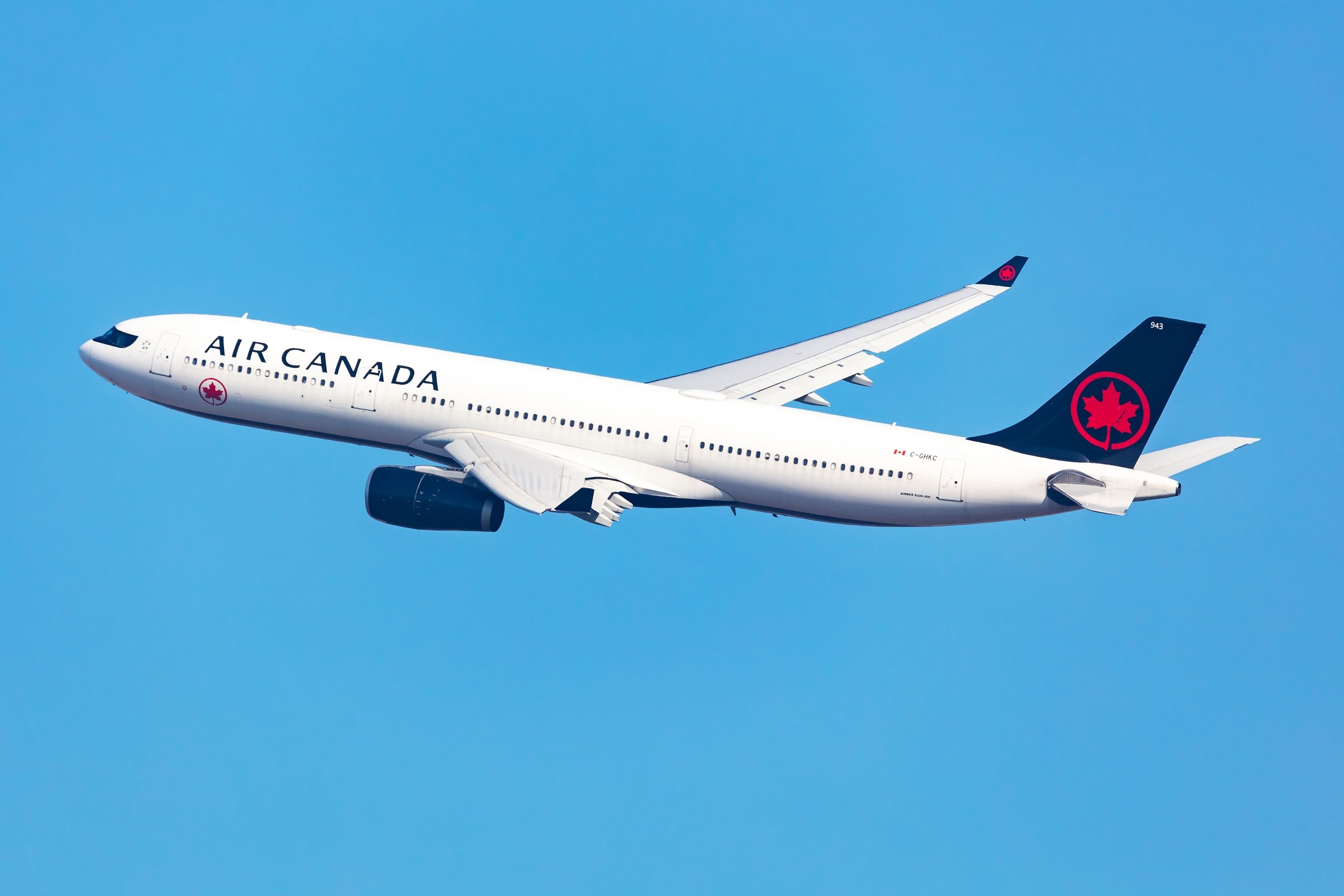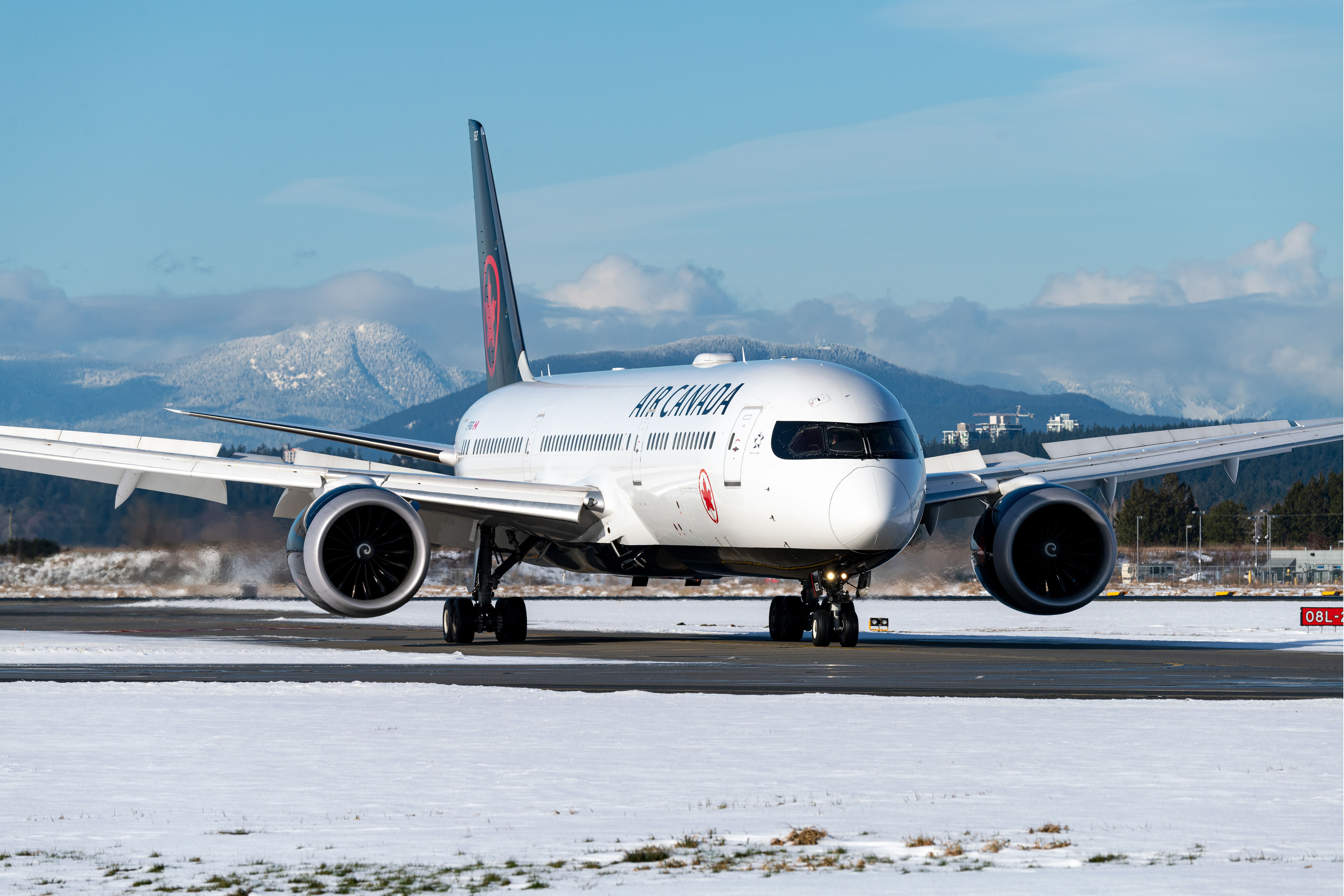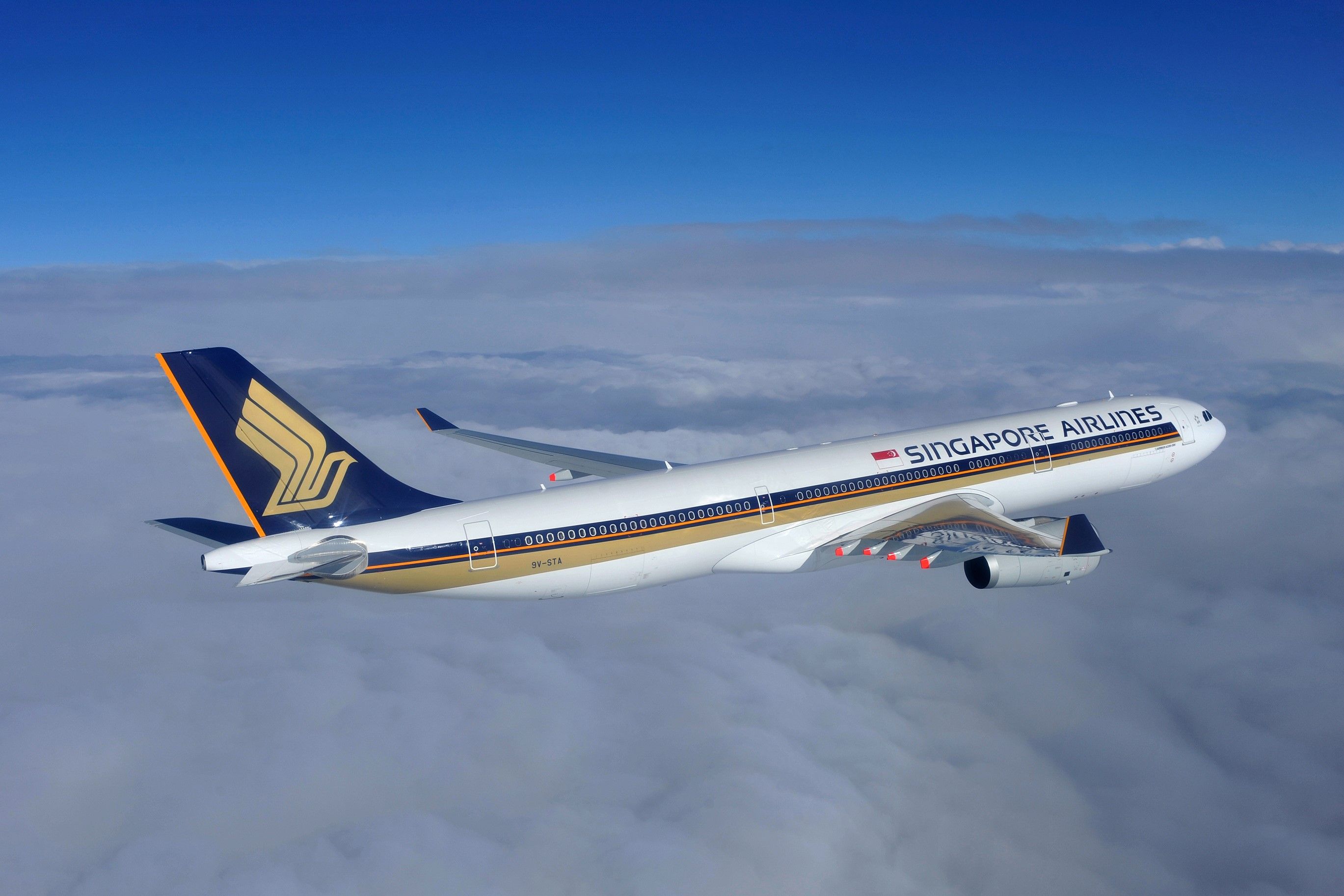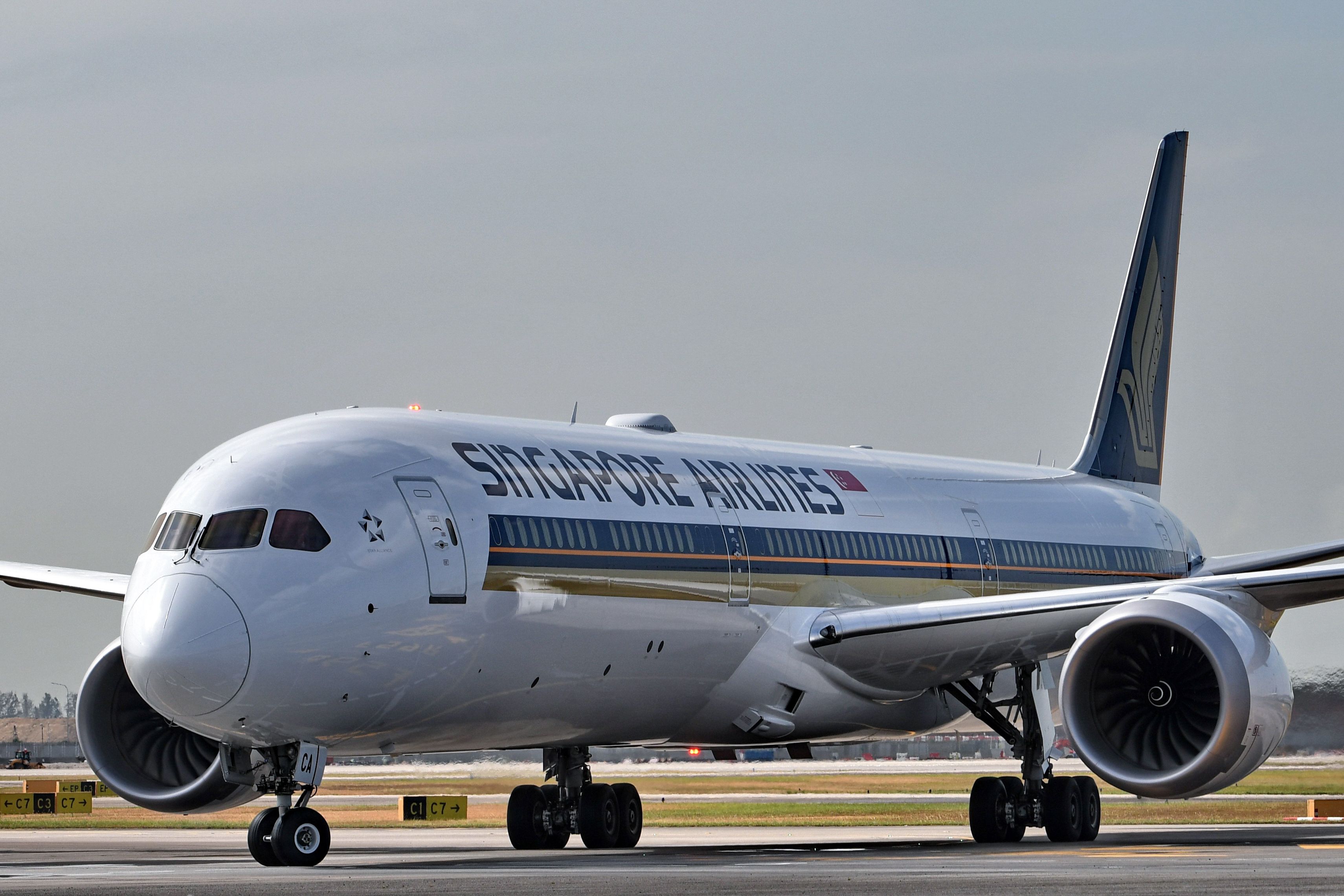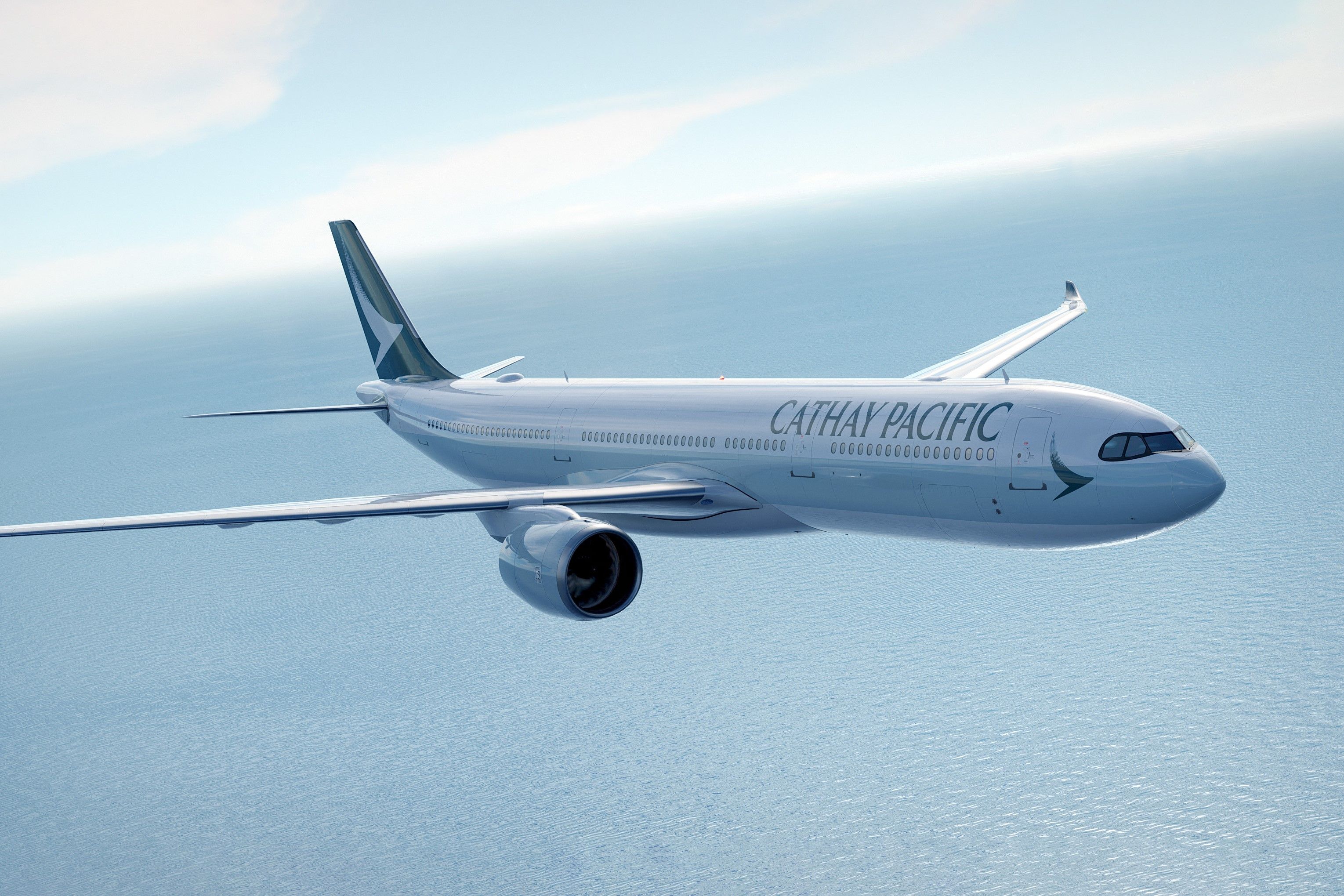Last week, I wrote a couple of articles focusing on the Boeing 777X: one about the airlines that have already ordered the 777X and a follow-up that examined the legacy B777 operators that have chosen not to order the 777X and why. A crucial part of the second article focuses on the impact that the Airbus A350 is having on 777X orders and how notable carriers like Delta Air Lines, Air France, and Turkish Airlines have abandoned the 777X in favor of the A350.
In the comments of the latter article, one of our esteemed readers (and likely a Boeing fan) said, “Now do one for legacy A330 operators that opted for the B787 as a replacement.” That is an excellent idea. So let’s look at five high-profile, legacy Airbus A330 operators that have chosen the Boeing 787 as its replacement.
Photo: Ryan Fletcher | Shutterstock
1
American Airlines
|
Legacy A330s |
24 (15 -200; 9 -300) |
|
Current B787s |
59 (37 -8; 21 -9; +25 on order) |
American Airlines acquired 24 A330s via its 2013 merger with US Airways, which gave it the largest Airbus fleet in the world at the time. Given that FAA approval of the merger hinged on operating the former US Airways hubs for a minimum of five years, American chose not to disrupt the network too much, and for years the A330s were used almost exclusively on transatlantic routes from the legacy US Airways hubs in Philadelphia (PHL) and Charlotte (CLT).
But the writing was on the wall for the A330. While American Airlines quickly absorbed the Airbus narrowbodies from US Airways, subsequently placing its own direct orders for more of the type, the Airbus widebodies were an uncomfortable and costly sub-fleet when all other widebodies were Boeing. Its initial order for 20 787-8s and 22 787-9s in 2013 was to replace its aging B767 fleet, but when it placed a second order for an additional 42 B787s in 2018, it was with the direct intention of replacing the A330s as well. All 24 A330s were swiftly retired during the pandemic, and today, most are awaiting scrapping in the desert in Roswell.
2
China Airlines
|
Legacy A330s |
26 (all -300) |
|
Current B787s |
24 on order (18 -9; 6 -10) |
China Airlines has long been an Airbus widebody operator. Over the years, it operated 26 A330s, originally brought in to replace its fleet of A300s that retired around the turn of the century. The aircraft proved to be very flexible, catering for both dense short-haul routes (2-3 hours, such as Taipei to Seoul, Bangkok, or Osaka), or servicing medium-haul missions (4-8 hours, such as Taipei to Jakarta, Dubai, or Sapporo).
Photo: Tupungato | Shutterstock
However, with an average age of 17.1 years, China Airlines started evaluating replacement options, and in 2022 it placed an order for 16 787-9s, with the options for eight more. These options were converted at the Paris Air Show last year, with the order adjusted to 18 787-9s and six 787-10s. In doing so, the airline is trading off the advantages of fleet commonality for the flexibility of being able to service long-haul routes to Europe and North America with the 787-9 or increasing capacity on routes closer to home with the 787-10. The B787s will be delivered from 2026 to 2028, with the A330s progressively retired as they arrive.
Photo: China Airlines
3
Qantas
|
Legacy A330s |
30 (20 -200; 10 -300) |
|
Current B787s |
25 (11 -8; 14 -9; +12 on order) |
Qantas currently has 26 A330s in its fleet (from a total of 30), with an average age of nearly 18 years. It has typically used the aircraft on medium-haul routes, whether east-west across Australia or to Southeast Asia and the Indian subcontinent. But as the aircraft neared retirement age, Qantas embarked on a very public bid to find their replacement as the final piece of its fleet renewal program.
Photo: Suparat Chairatprasert | Shutterstock
It ultimately decided to purchase a mix of A350s and B787s, both of which it was already very familiar with. The A350s complement those already ordered for Project Sunrise, while the B787s add to existing orders for the type that entered the fleet in 2017 as B767 replacements. As a result, the B787s offer fleet commonality benefits while replacing the A330s, and their extended range will also be used to open up new routes in the future.
Photo: Vincenzo Pace | Simple Flying
4
Air Canada
|
Legacy A330s |
20 (all -300) |
|
Current B787s |
39 (8 -8; 31 -9; +18 on order) |
Air Canada operates a fleet of 20 A330s, a mix of eight aircraft that it acquired directly from the manufacturer over 20 years ago, and 12 leased ex-Singapore Airlines aircraft. The A330s fly almost exclusively on transatlantic routes to Europe from the airline’s hubs in Toronto (YYZ) and Montreal (YUL) and have been used to fill the gaps as its B767s were retired from service.
Photo: Soos Jozsef | Shutterstock
Air Canada was one of the first airlines to order the B787 in 2005, initially to replace the B767s. As the current fleet of 39 787s has come online, it has found the type to be very versatile in enabling right-sized widebodies to be assigned within a multi-hub network, much like United Airlines and American Airlines have done. As a result, it chose 18 of the 787-10s in its most recent order with Boeing, which will be direct replacements for its A330s and see Air Canada join the exclusive group of airlines operating all three variants of the 787.
Photo: Vincenzo Pace | Simple Flying
5
Singapore Airlines
|
Legacy A330s |
34 (all -300) |
|
Current B787s |
24 (all -10; +7 on order) |
Singapore Airlines was also a sizeable A330 operator, with 34 of the type in the fleet. The type was originally acquired to replace its old A300s and A310s. Like many of the other Pacific Rim operators, the type proved to be an excellent fit for dense short-haul and medium-haul routes. However, Singapore Airlines began retiring the type well before the pandemic, when its average age was still in the early teens.
Photo: Singapore Airlines
The reason for the relatively rapid retirement? Singapore Airlines decided a decade ago to replace the type with the 787-10 and got in on the ground floor with Boeing as the launch customer for the type in 2018. Along with its legacy B777s and huge A350 order that was simultaneously starting deliveries, there wasn’t any space for a fourth widebody type, and the 787-10 has taken over all of the A330 workload.
Photo: Getty Images
Can the A330neo fight back?
Of course, these are not the only airlines that have replaced their A330s with B787s. Boeing estimates that 19% of legacy A330s operators now fly B787s today. Air Europa, avianca, Etihad, Gulf Air, Lufthansa, Oman Air, Qatar Airways, and Vietnam Airlines are all airlines that have decided to either swap out their A330s directly for B787s or have B787s indirectly picking up the slack from retired A330s.
Until just a few months ago, Airbus’ response to the 787 threat was tepid. The A330neo is positioned as the most direct competitor (although the A350 competes as well), but its sales have been lacklustre as airlines opted for greater range and efficiency with the Boeing product. However, orders seem to have picked up in the past few months, with 57 firm orders and 60 options placed by four customers since the Farnborough Airshow in July.
Photo: Airbus
The order by Cathay Pacific for 60 A330-900s (30 firm orders and 30 options) is the largest of these, and an example of how Airbus can potentially fight back with some of its own advantages:
- Production issues: The A330 does not have any of the production problems currently plaguing Boeing, including its 787 production line in Charleston, SC. Airlines burned by the B737 MAX issues and B777X delays will be especially sensitive to this.
- Earlier slots: Based on backlogs and production delays, airlines ordering the A330 will receive them 3-5 years earlier than any B787s. Delaying efficiency gains while holding on to an aging A330 fleet is not attractive.
- Fleet commonality: An obvious point, but as Cathay Pacific and Delta Air Lines can readily explain, any airline already flying A330ceos and A350s leverages substantial operational costs and pilot training efficiencies by going with the A330neo.
- The right-sized aircraft: If the need isn’t for a widebody with the most extended range but rather for a proven performer on higher rotation, medium-haul transatlantic or east Asia routes, the A330 has strong advantages.
It will be interesting to see how this competition plays out over the next few years. As always, please share your thoughts and ideas in the comments below.
